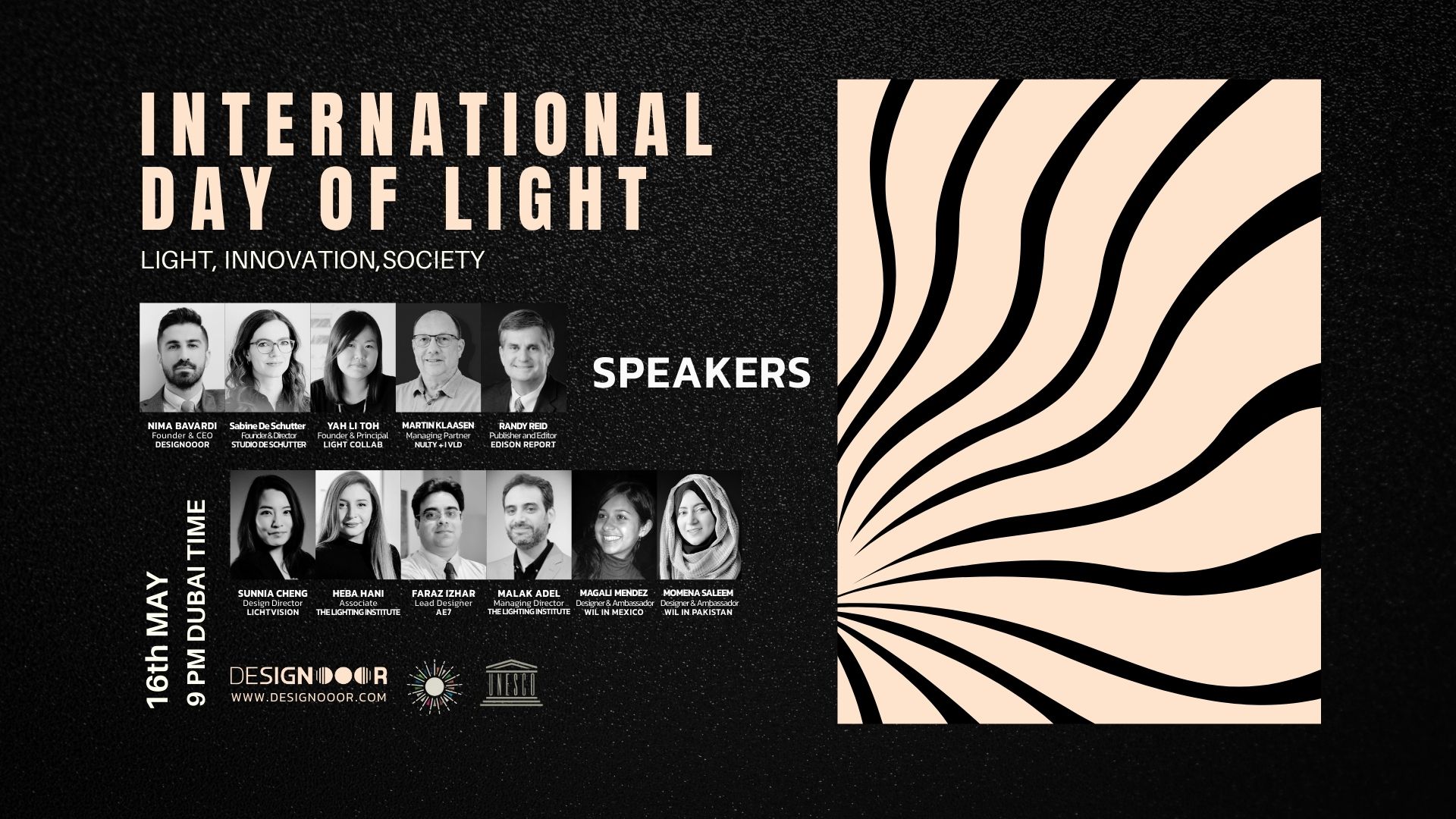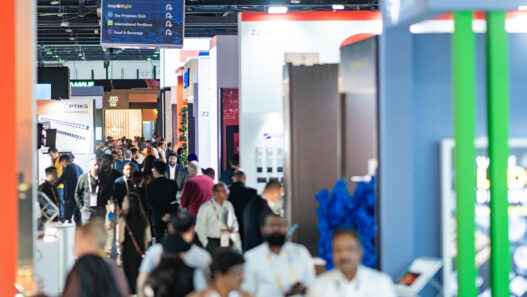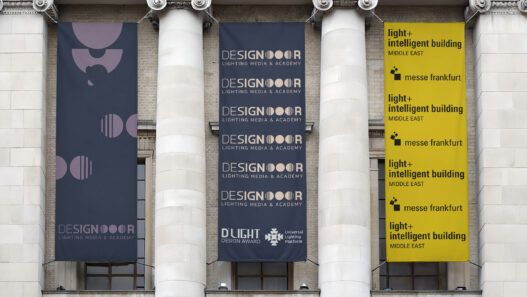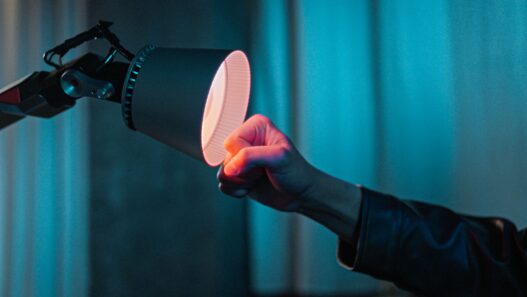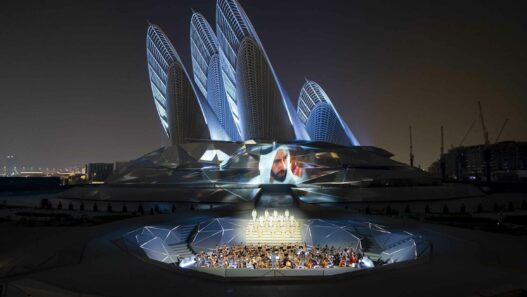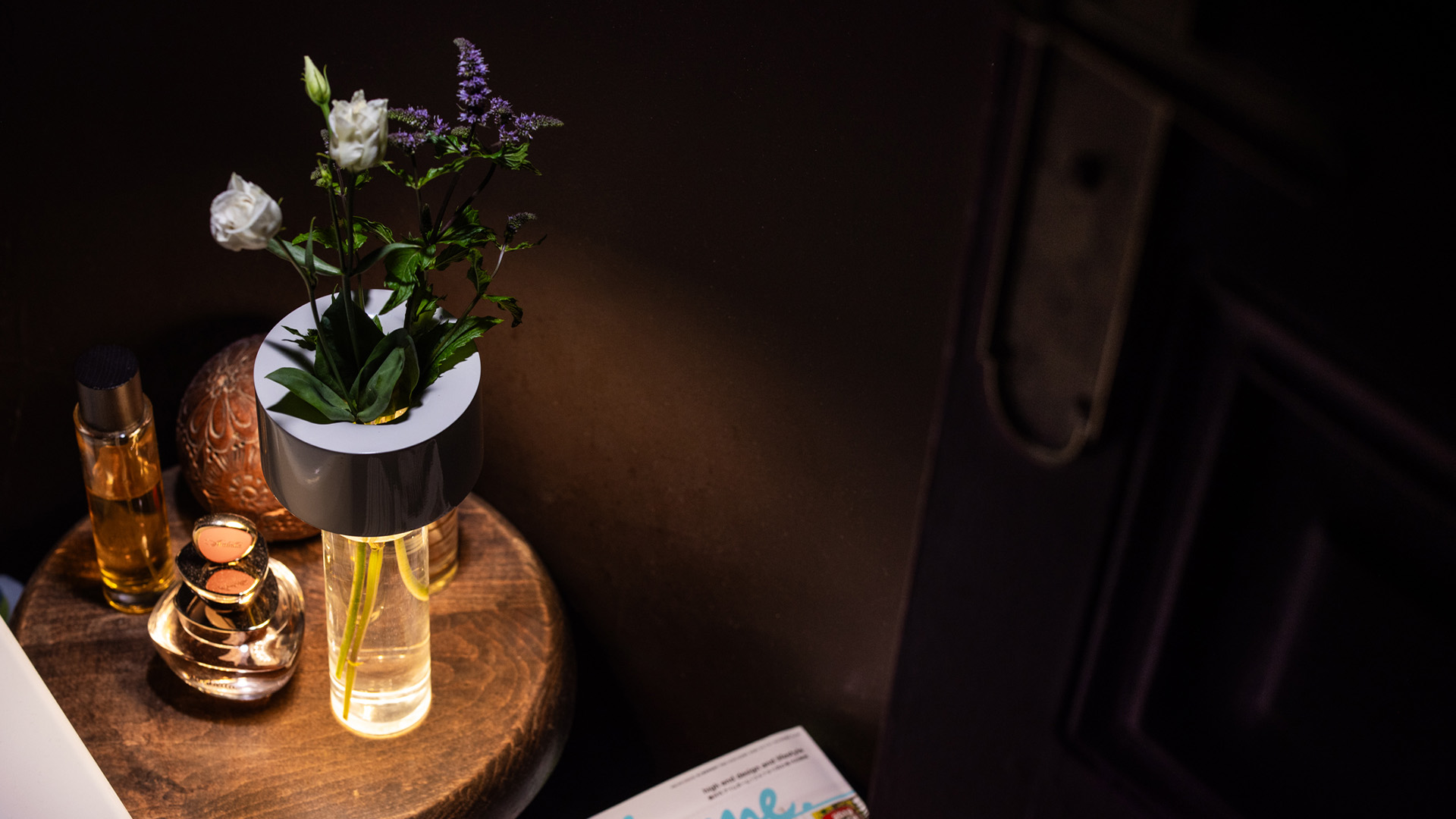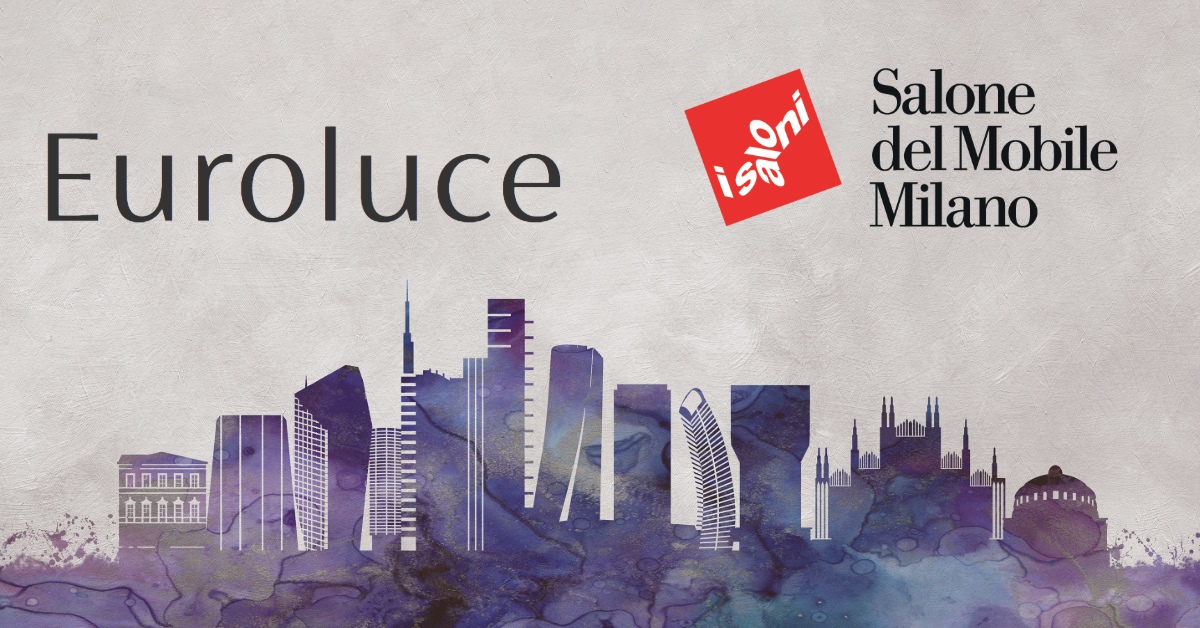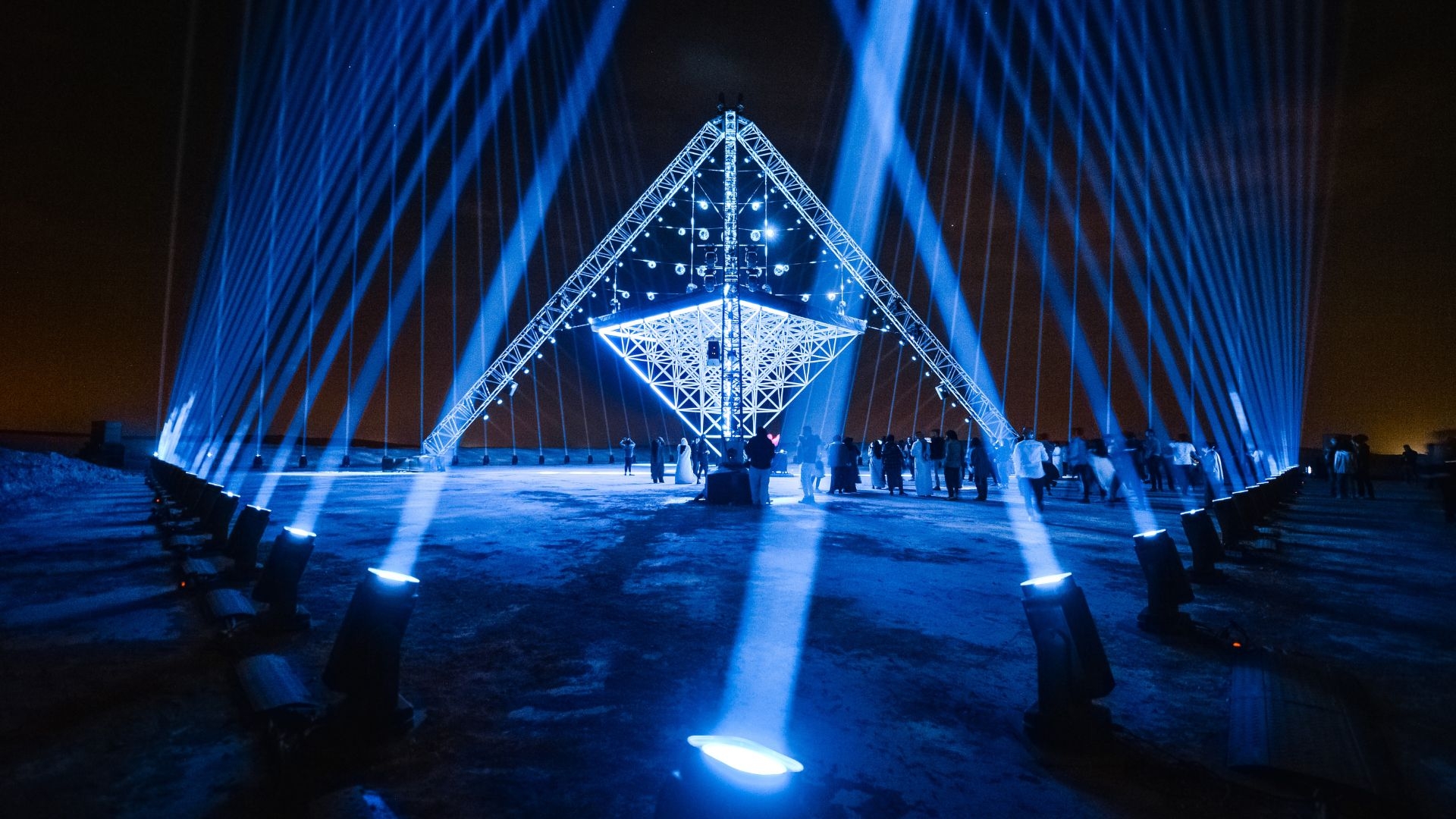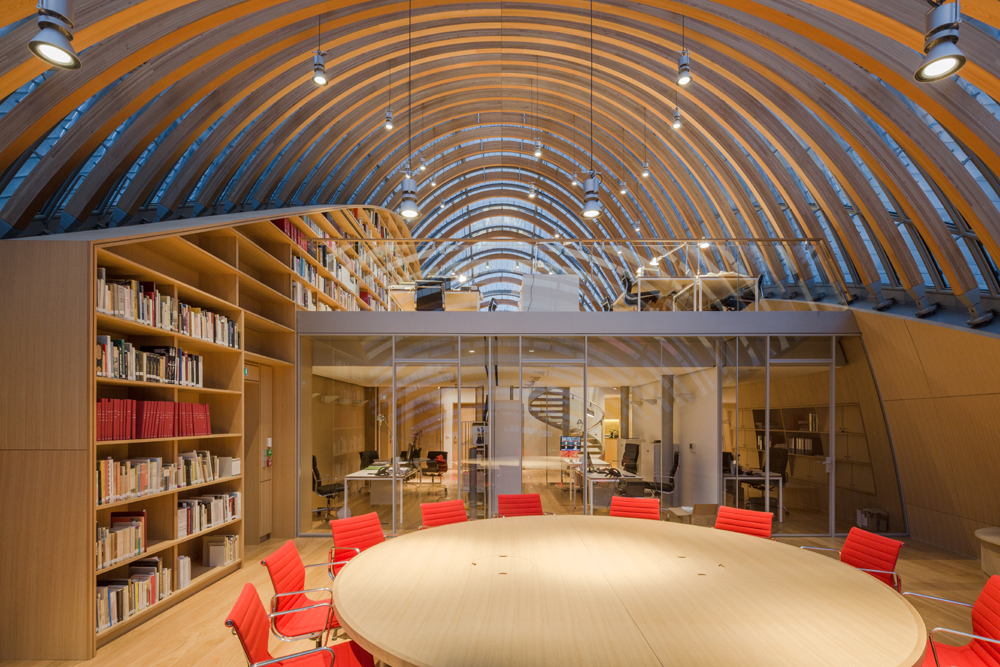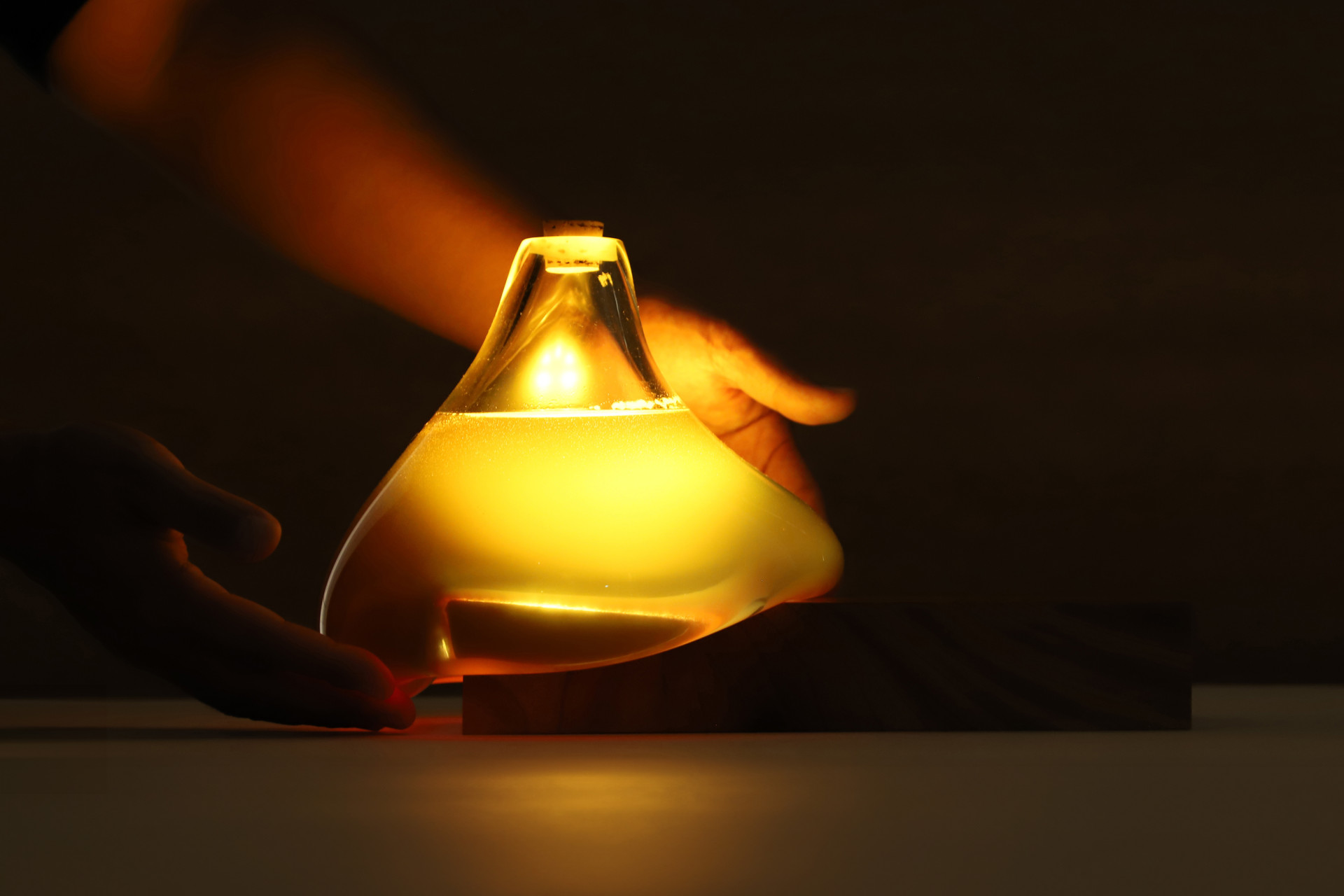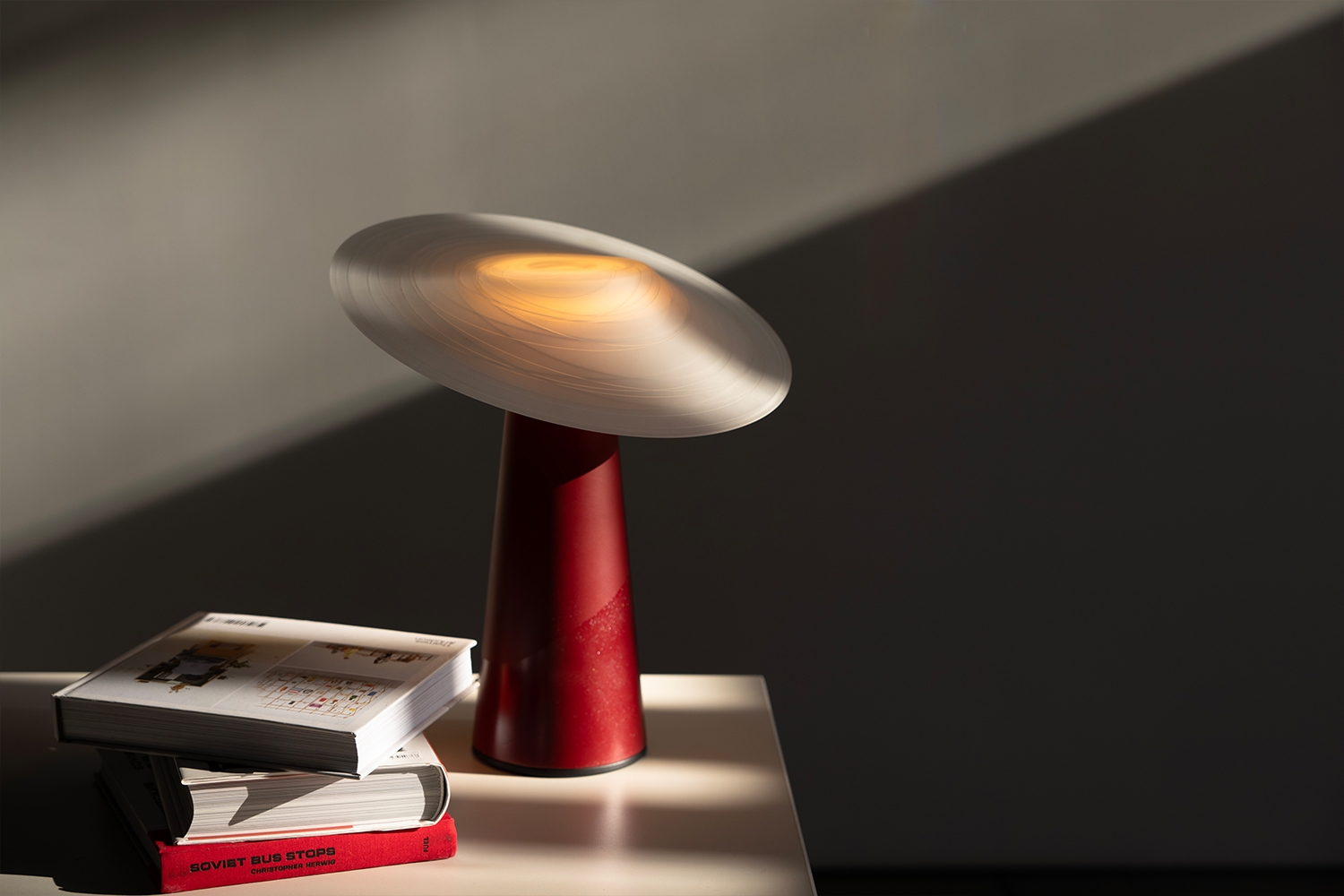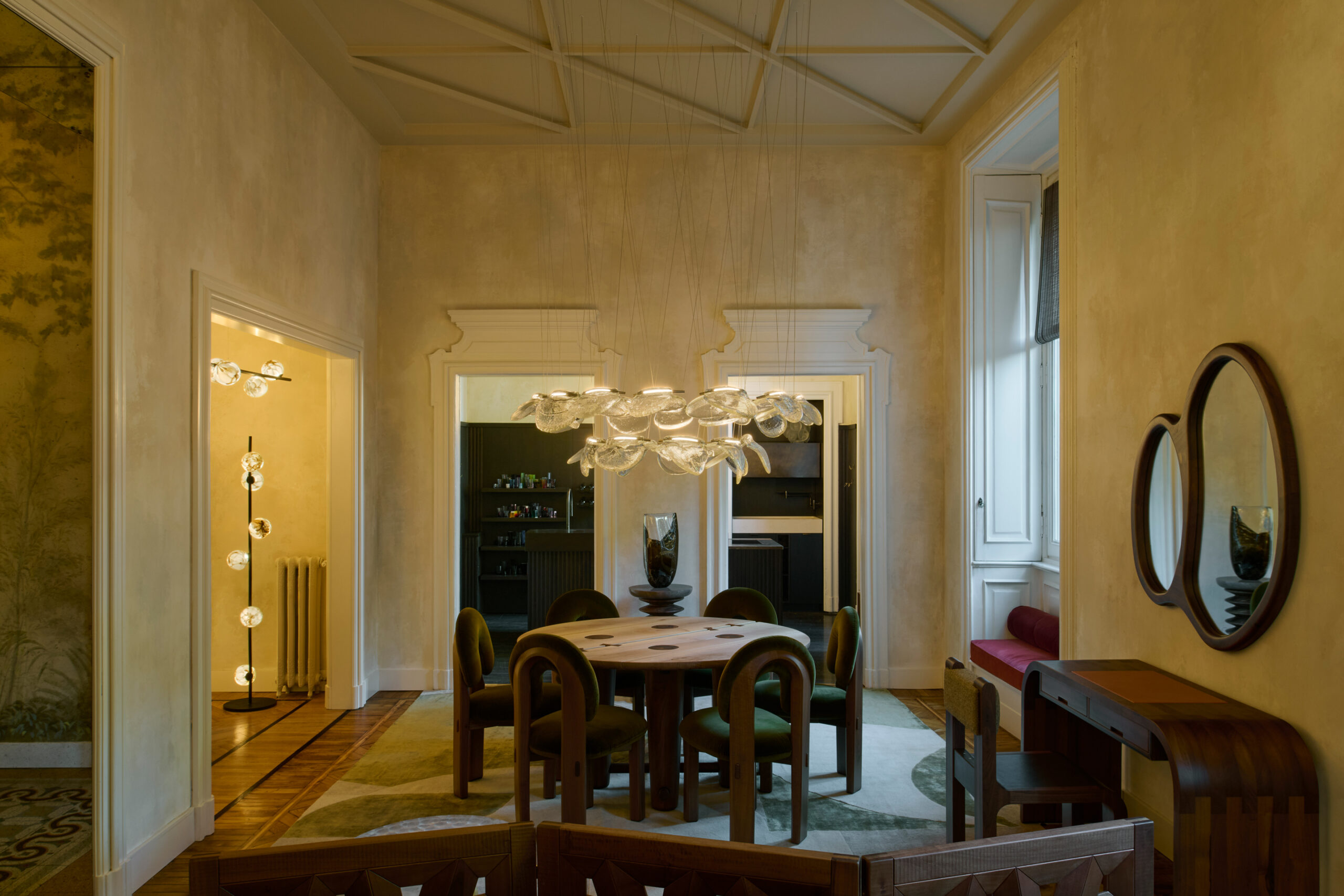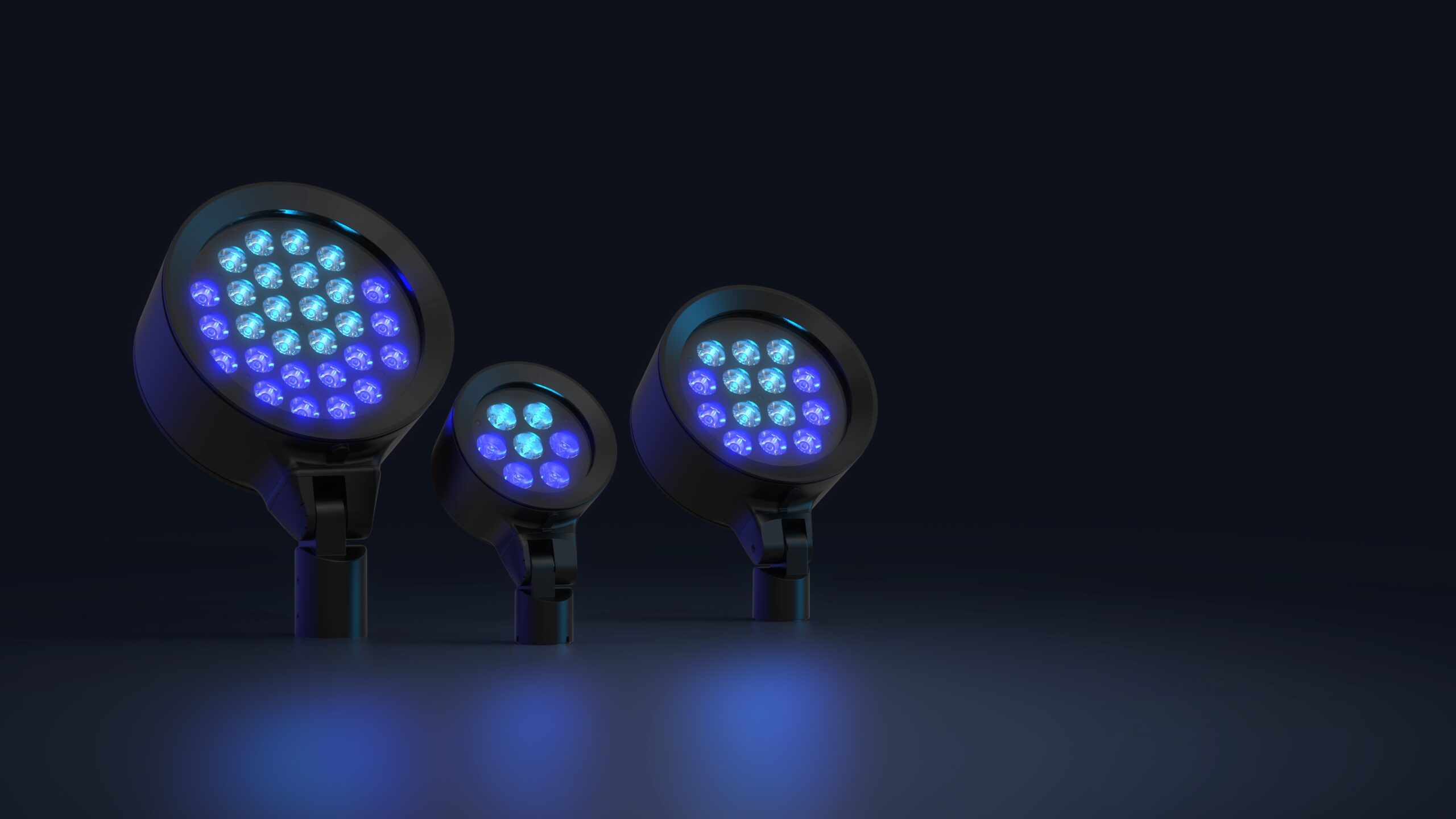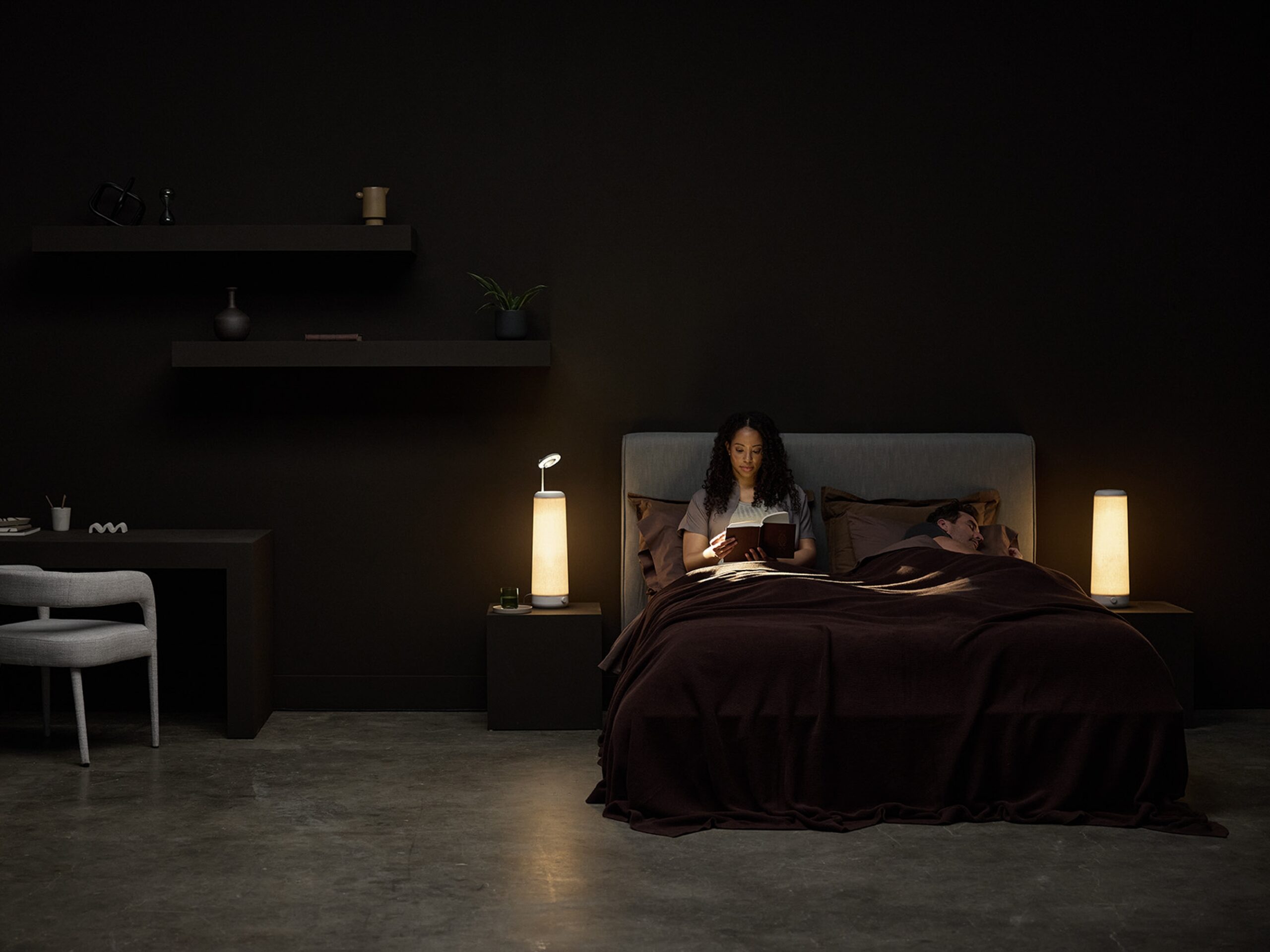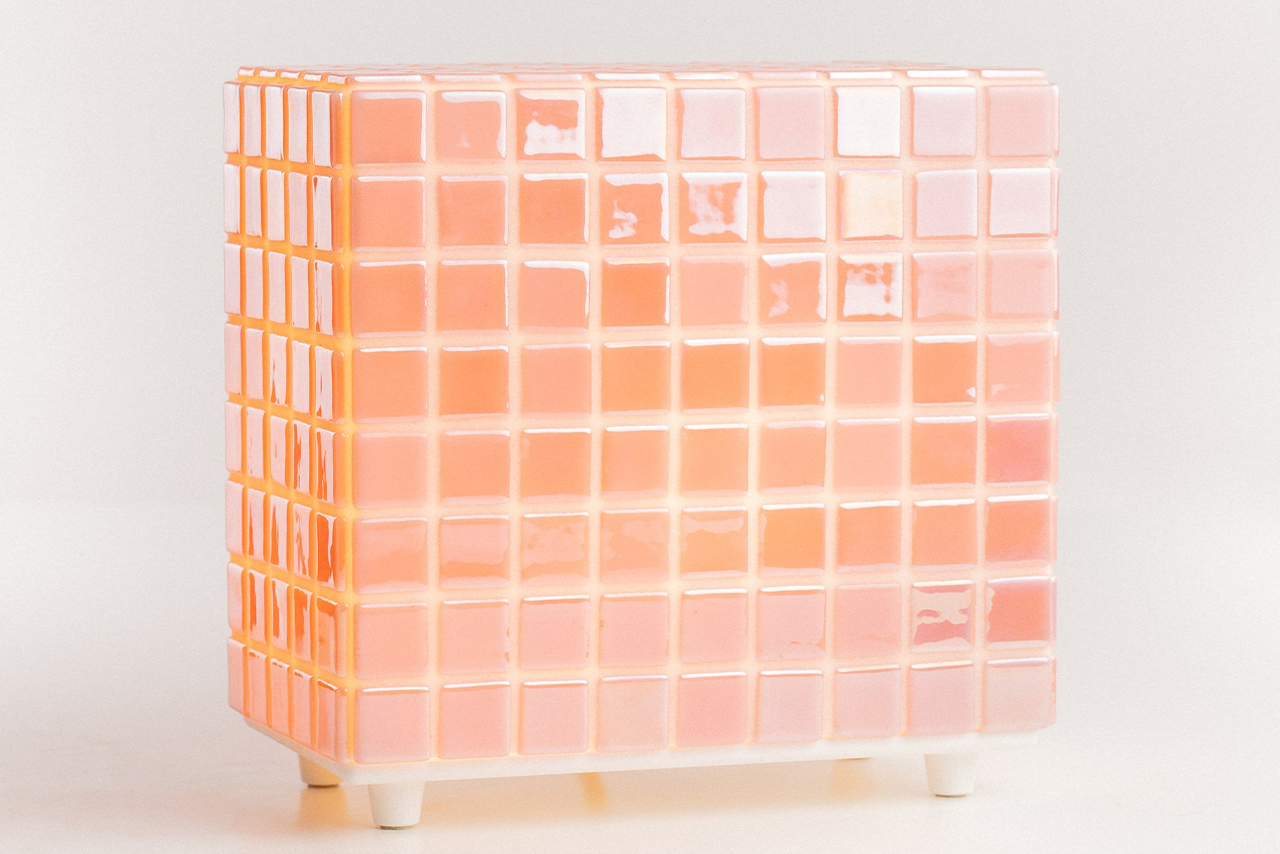At first glance, Fleur with its transparent body and flower-like form attempts to bridge the gap between industrial design and elements of nature. This lamp-vase hybrid is crafted to deliver a multi-sensory experience in which light, water, and plant life are poetically interwoven. What initially captivates the viewer is its visual lightness and formal clarity clearly well-executed. The paradox between material and immaterial, light and object, is skillfully manifested, inviting the user into a contemplative dialogue with the piece.
However, upon closer analytical observation, one might question whether Fleur truly succeeds in dissolving the boundary between utility and aesthetic experience. Its soft, symmetrical geometry evocative of a flower creates a symbolic presence, yet in certain settings, this symbolism can begin to overshadow its everyday function. The flower placed within it does not inhabit a space of natural freedom, but rather one of choreographed presentation more a component of design than a living entity. This distinction might slightly limit the piece’s experiential depth over prolonged use.

Another point worth examining is its stability and interaction with real-life environments. While promotional imagery presents the water held in the upper cavity as calm and harmonious, in reality, that balance can be delicate especially in active households or within the reach of children. These considerations become more critical when a design is not just an ornamental object but meant to be a living part of domestic space.
That said, on a technical level, features such as touch-sensitive dimming, a specially developed low-power LED circuit, and USB-C charging indicate that the engineering behind the product has been carefully orchestrated. The blend of technology and form might appear purely aesthetic at first, but it is a sign of a deeper intention to harmonize emotional engagement with practical usability.
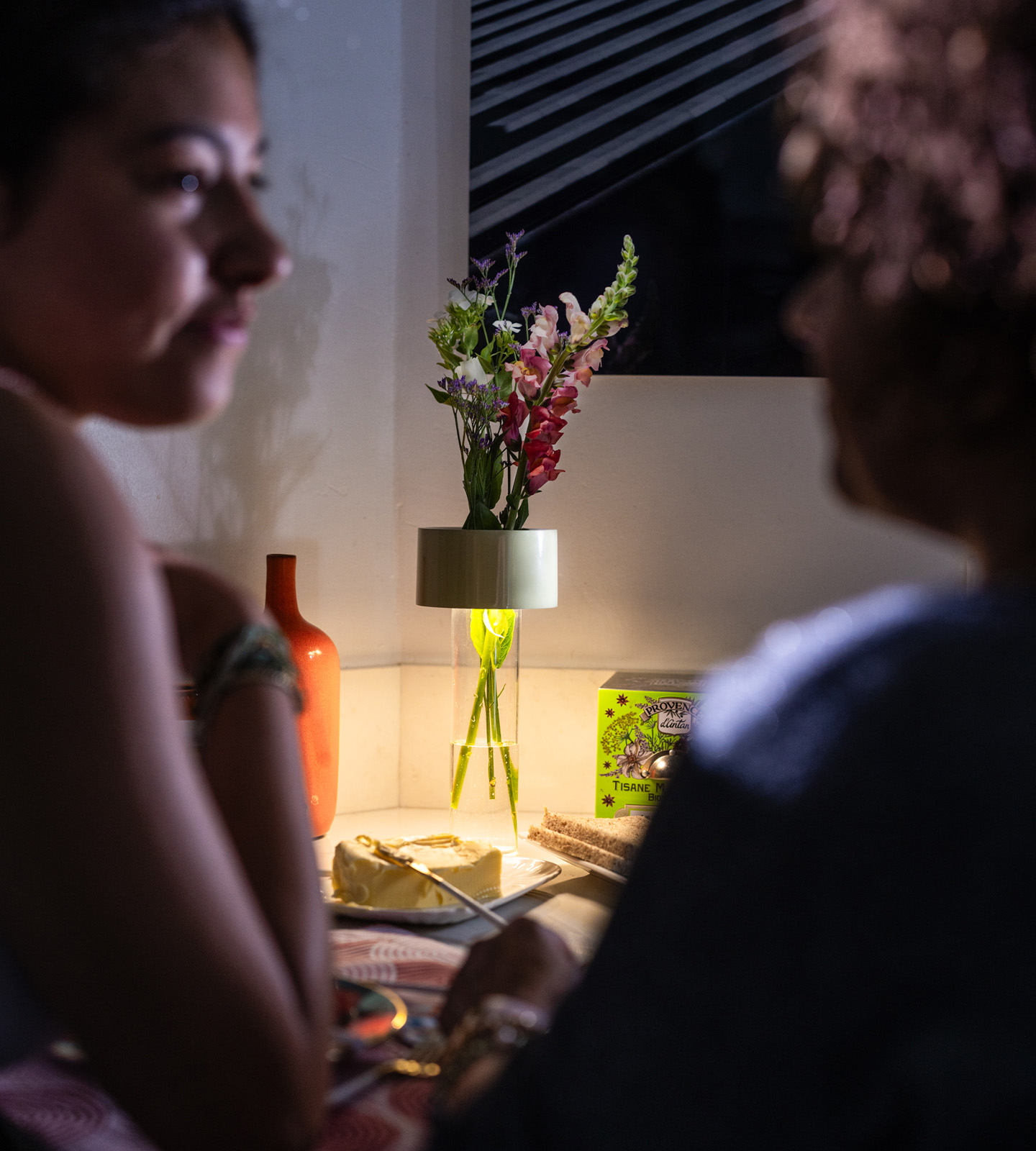
Ultimately, Fleur stands as a bold exploration of two often opposing worlds: nature and technology. While certain aspects may still benefit from further refinement to better balance performance and sensorial depth, the piece as a whole gestures toward a new direction in lighting design one that does not offer answers but instead poses poetic questions. It asks the user to reconsider what it means to live with design inviting an experience that is intimate, reflective, and profoundly personal.
Brand : Foscarini
Designer : Rodolfo Dordoni
Photo Credits : Massimo Gardone, Azimut, Gianluca Vassallo, White Box Studio
Prize: Wallpaper* Awards
